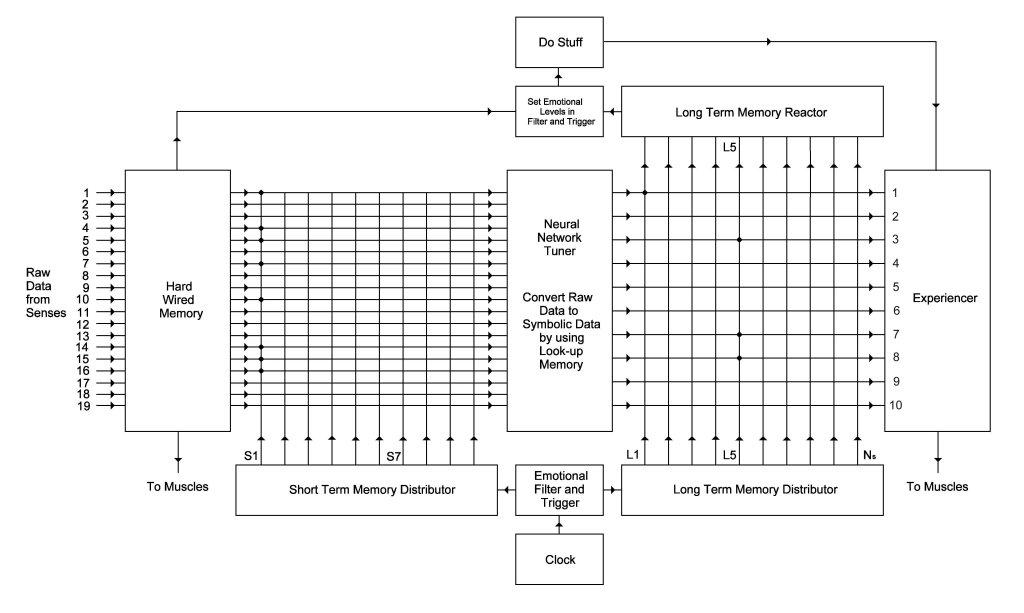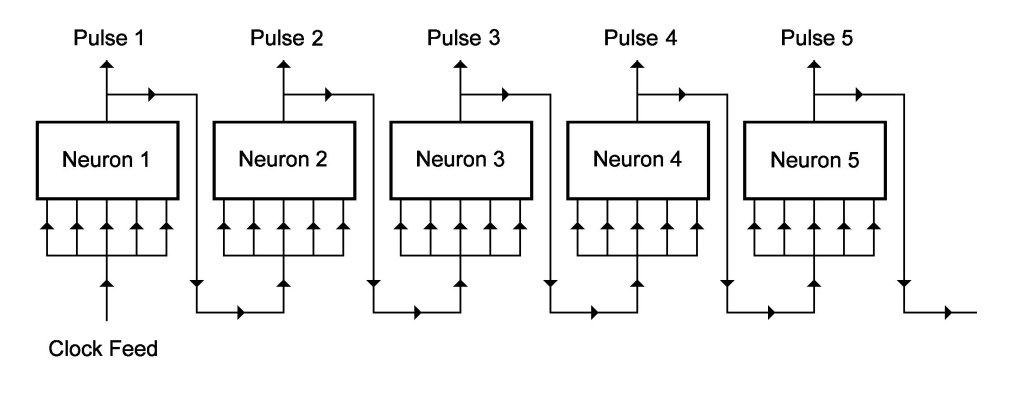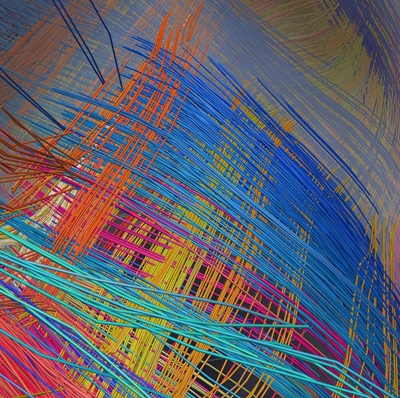MOPEKS® - The Book
STOP PRESS! For a limited period of time, you can have a printed copy of the book totally free of charge if you live in the UK. There is no charge for postage. Please just send me an email via Contact
I have written a book, ("MOPEKS - A Route to Intelligence?"), which places MOPEKS in the context of the evolution of intelligent life. It also looks at the future implications of real machine based intelligence. It is not necessary to buy the book to use or understand MOPEKS but you may find it worth reading at some point.
All proceeds of the book will go towards supporting the future development of MOPEKS.
It is available in Kindle format in the UK for £4.99 inclusive of VAT and delivery. Alternatively, it is available for $7.50 in the USA and for the local currency equivalent in various other countries as follows, in alphabetical order:

|

|
Amazon Brazil Amazon Canada Amazon France Amazon Germany Amazon India Amazon Italy Amazon Japan Amazon Mexico Amazon Spain Amazon UK Amazon USA |
It may well be available in other countries but in the worst case, try the US site ie
amazon.com
If you do not own a Kindle you can still read it on various electronic devices by downloading a free Kindle Reading App from Amazon.
An identical edition printed on paper, running to about 200 pages, should be available early in 2014.
Here is Chapter 7 to get the flavour of the book:
Introduction
Chapter 1 - Is it Possible?
Chapter 2 - Evolution
Chapter 3 - Problems To Avoid
Chapter 4 - Intelligence and Comprehension
Chapter 5 - A Primitive Reactive Brain
Chapter 6 - Learning and Memory
Chapter 7 - The Wiring of Human Memory
"Many a man fails as an original thinker simply because his memory is too good" Friedrich Nietzsche
In the previous two chapters we have looked at both the logic and possible wiring of a primitive brain as it evolves and acquires a memory. In this chapter I would like to look at greater length at the likely wiring and logic of personal memory in an intelligent animal such as a human being. It seems to me that there are at least four kinds of memory here. Hard-Wired, Short Term, Long Term and Look Up Table memory.
It must be emphasised that what I am setting out here is purely a theory of how it probably works - I have no real evidence that I am correct and it may well be that I am wrong. The following is very neat, with everything fitting into labelled boxes. In reality, these distinctions may well be not so simple and the whole lot probably looks like a spaghetti tangle. A diagram of every connection in the brain would probably cover a whole country to be legible.
[Note: if we made neurons at one foot interval, to give plenty of room for connections ( a neuron can have as many as a thousand connections) then the plan would cover about 5,000 square miles, so not a bad guess. About the same area as Trinidad and Tobago or a bit smaller than Wales. Actually, I'm not sure that is big enough to show all the wires - there are hundreds of billions of them. You may need to build a 3 D model about 70 miles on each side ie a box with sides of 70 miles. Very big.]
Anyway, let's look at the principles of how this could work:
 Left click on image for a full size shot in a new tab or window. Press F11 for a full screen, if you wish. Then F11 again to return
Left click on image for a full size shot in a new tab or window. Press F11 for a full screen, if you wish. Then F11 again to return
Component List
Clock
This is really an oscillator, as discussed in Appendix A and is directly equivalent to the clock in your PC. Not the clock that says 17.23 on Tuesday but the one that drives all of the internal electronics of memory and computation. The clock in your PC oscillates maybe three billion times per second but the human clock is more like the frequency of a cine camera - maybe 10 to 30 times per second. I would claim that the frequency of 30 times per second being like an old fashioned cine camera is no coincidence - your brain is about to start making a movie.
The clock in your PC oscillates at high frequency because it is a serial computer - in other words it does a single computation and then passes on to the next one. So, it can do 3 billion things per second in principle. The human brain, on the other hand, is massively parallel so at each clock tick, billions of things can happen to the approximately 80 billion neurons in your brain.
[Note: depending on design, your microprocessor may well carry out more than one operation per clock cycle. This is initially suprising but if you consider it as a sausage machine then on each cycle you could have five sausages, each one of which is skinned and drops out of a side vent. So after 6 cycles there are 30 sausages on the hopper!
Bear in mind that this is a big deal and tens of thousands of people dedicate their lives to squeezing more work out of your PC without it melting. At the same time, tens of thousands of computer programmers are writing huge inefficient programs on the assumption that the hardware will catch up later.]
Either way, both your PC and your brain can do a lot in a few seconds.
Hard-wired Memory
This has already been discussed in Chapter 6
The Tuner
This boils down to a Neural Network which recognises patterns. So you feed in a stream of raw data and it recognises it as being a plant pot or whatever. Neural Networks are discussed briefly in Appendix A. They have been a major focus of AI research and there is nothing I can add to to this - any web search will show more than you want to know.
The Distributor
This is like the distributor in an old fashioned car. Or a demultiplexer if you prefer. Whatever you call it, its job is to fire a whole row of lines one after another - a bit like the lights on an advertising sign or Christmas tree that seem to travel along.
 Left click on image for a full size shot in a new tab or window. Press F11 for a full screen, if you wish. Then F11 again to return
Left click on image for a full size shot in a new tab or window. Press F11 for a full screen, if you wish. Then F11 again to return
Where it says Neuron 1, Neuron 2 and so these may actually be clusters of neurons but the principle is clear enough - each neuron or cluster of neurons, causes a delay and then fires a pulse. So, when the pulse comes from the clock, it just travels along
Long Term Memory Reactor
This is yet another memory reliant black box which checks all incoming symbolic data against a list to see how it should react "boss detected ⇨ action: look busy"
The Experiencer
This is the area where you actually "experience" seeing something and is discussed at greater length in the next chapter
The Process
Look Up Memory
This is not actually shown here but is likely to be a part of normal Long Term Memory using the same principles of operation but optimised for quick access. It may take you several seconds to retrieve the face of somebody you have not seen for twenty years but you can recognise a fierce dog so quickly that you are not conscious of any delay. I mean in the general sense of "that is a fierce dog" not "that is the fierce dog belonging to the drug dealer who lives down the road next to the police station".
Short Term Memory Writing
As discussed before, reading and writing must develop together but let's look at writing first. The wiring diagram shows hard-wired memory in simplified form but in reality it will be right there in the tangle with wires going all over the place.
Let's assume that raw data arrives which your hard-wired memory interprets as a green snake. Your chemical levels and emotions change to match - your heart rate increases and adrenaline courses through your veins and you feel scared or emotionally charged, depending on which model of human you are. You may even vomit - to give a tasty meal to a predator ("yummy, I'll eat this rather than chase him") and also drop your body weight by a fraction, thereby improving your rate of acceleration. All of these are standard preparations for fight or flight.
Meanwhile the clock frequency is speeded up to maximum of maybe 30 times per second. The "Emotional Filter and Trigger" which is "duplicated" at the top and bottom of the wiring diagram now opens to allow the clock voltage to reach the "Short Term Memory Distributor" which starts firing lines, with line S1 first. Meanwhile, we have incoming signals on lines 1, 4, 5, 7, 10, 14, 15 and 16 which signify the raw data for "green snake". Not that we know that yet - all we know is that we want to run away. The junctions of these lines are then "connected" (note the black dots) by means of synaptic plasticity (the ability of connections to strengthen or weaken) and we now "remember" the snake as raw data. The clock then fires lines S2, S3 and so on thereby starting to record the movie.
At this stage, the recording is literal and not symbolic - that is why when somebody who is talking to you suddenly says "what did I just say?" (this happens to me a lot), you have to hesitate and replay the movie for a symbolic interpretation. You can then reply "you were telling me a fascinating story about Katy's new curtains and why they don't fit properly and she is going to have to take them back to the shop"
Short Term Memory is like the RAM in your computer. And like your computer, if there is nothing for it to do, then it does nothing - there is no point in recording information that is of no importance or interest. Not that I am implying that curtains are not interesting - they are absolutely fascinating.
Writing Long Term Memory
Obviously, in reality thousands of lines (maybe even millions) are fired - the process is enormously complicated but simple in principle. One of the major reasons for long term memory being symbolic is that it uses a tiny fraction of the storage space of raw data. A photo of a green snake may use 100,000 bytes of memory but the phrase "green snake near the dustbin" uses up less than 100 bytes. The phrase "a picture is worth a thousand words" may well be true but a picture takes maybe a thousand times the memory to record it.
The symbols you record are more complex than just "green snake near the dustbin". They also include a symbolic representation of the dustbin and the ground around it. These will be very approximate and this may be regarded as a fault but it is not - it is a virtue. There is no need to remember what your dustbin looks like so you don't bother. This is where we differ from autistic people who famously take a literal "photo" which stays in memory. Whereas we would just say "there was a herd of cows in the field" an autistic person may well know that there were 17 cows and be able to describe each one. This sounds impressive but in fact it represents a primitive stage of evolution.
The real achievement is to translate that into symbolic information, thereby retaining the essence of the information. Autistics tend to have trouble understanding personal relationships and are very literal. If you are a scientist or mathematician this may be an advantage but in social relationships it is not
Pupil: Miss, my pencil has broken
Teacher: Have a look in the cupboard and see if there are any pencils in there
Pupil: (goes to cupboard) Yes, there are 13 pencils in the cupboard (and returns to his desk without a pencil)
Teacher: Well, why didn't you get one then?
Pupil: Oh .. you told me to see if there were any pencils in the cupboard so that is what I did
Personal relationships are immensely complex - that is why children running round a restaurant screaming are impervious to me staring at them with hate filled eyes - they don't realise that I want to boil them in oil made from their parents' fat.
[As discussed in Chapter 2, fat is not only an evolutionary survival mechanism it is also a very handy term of abuse so it's a win, win situation.]
Once the long term memory is written the short term memory is available for further use. Long Term Memory is like the hard drive in your computer and is used mainly for relatively long term storage - maybe hours to years rather than seconds.
Symbolic information also makes it easier to retrieve a memory.
Reading Long Term Memory
Let us suppose that you are still in your garden wandering around when suddenly you spot something of a hexagonal shape on the ground. This time, the hard-wired memory section does not really react (apart from WTF, maybe) to the raw data coming in (your ancestors in the swamp never came across such shapes) but the Tuner translates the raw data into "red hexagon shape" and lights up all of the the appropriate lines - lines 3, 7 and 8 in fact. There will be hundreds of partial matches, all of which travel up to the Long Term Memory Reactor. The LTMR then chooses the strongest signal (which corresponds to the strongest match) which happens to be in L5 (note the connecting dots), which corresponds to a childs spinning top.
[Note: quite how the LTMR in your brain would choose the strongest signal amongst hundreds of separate signals I am not sure but this is really just an electronics problem which any electronics undergraduate should be able to solve using a few thousand neurons.]
The LTMR in turn, then sends a pulse which resets your emotional level and triggers the clock which in turn enables the playing of a film clip of you as a child with a top that your mother (now dead) gave you for your birthday when you were 5 years old. So, you begin to remember your old mum and a feeling of great sadness sweeps over you.
How did the film clip work? Well, the rise in emotional levels meant that the Long Term Memory Distributor is now being driven by the Clock and the voltage pulse now travels in the reverse direction from that of writing memory. So, suddenly the lines leading to the Experiencer are lit up and you experience what could easily be mistaken for reality - the film clip is being read as though it were really happening. The fact that some people have difficulty distinguishing between their imagination and reality may well have physiological elements to it. In other words, their wiring is not quite right. Rather like Synesthesia but a lot less fun.
[Note: this is enormously simplified but the key aspect is the clock firing a series of pulses that either record or recall memories like a cine film by lighting up symbollic lines where there is a good match. This is precisely how a digital computer locates memory locations. A 64 bit computer has 64 address lines. A human being probably has tens of thousands of address lines]
It is important that you realise that "really" is a not really real. It is all just a magnificent illusion - all done with wires.
Straws in the Wind
As mentioned above, this is just my theory of how memory works and may well be false - perhaps it works in a totally different manner. So are there any clues that I am right? Well here are a few:
Voltage on the Brain
It is well known that a voltage probe applied to the brain may well make you see or smell something. This is consistent with my view - if you applied a voltage to the spot L5 in the wiring diagram you would see a child's top.
Layout of Wires
When I conceived this theory back in 2001 it seemed to me that it was totally at odds with most pictures of the brain but recent research (2012) shows that in fact there is an intersecting grid as below, as I predicted. This is evidently an actual picture taken through a microscope of part of the wiring of a monkey's brain. Presumably with false colours but maybe not?

Left click on image for a full size shot in a new tab or window. Press F11 for a full screen, if you wish. Then F11 again to return
The original article is here.
The Crossword Syndrome
If I say the word "cabbage" you will instantly see a picture of a cabbage but if I say something like "it is white with red and blue stripes", it will take you longer to realise that I am talking about the national flag of the UK, namely the Union Jack. That is consistant with the memory structure discussed above - it can go very quickly and simply from the word "cabbage" to a mental image and vice versa - you will immediately recognise a picture of a cabbage. But a description is much harder to grasp.
Much of human intelligence feels like a bolt on - we were not really intented to be intelligent but the advantages were so huge that it just went that way
Chapter 8 - The Experiencer
Chapter 9 - Human Problem Solving
Chapter 10 - The Simulator
Chapter 11 - Beyond Problem Solving
Chapter 12 - MOPEKS
Chapter 13 - Building the SBIE
Chapter 14 - Intelligent Design
Chapter 15 - The Singularity
Appendix A - Neurons
Appendix B - Genetic Programming
Appendix C - Emergence
Appendix D - Emotions
Appendix E - The Cory Equation
MOPEKS® and the Blue Logo are the Registered Trademarks of the MOPEKS Organisation
Website Published: 15th October 2013
Program Launched: 2nd November 2013
Copyright © MOPEKS Organisation 2013. All rights reserved
'MOPEKS Organisation' is the Trading name of Mopeks Ltd a company registered in England under number 07519676
The robot docking station is here
here